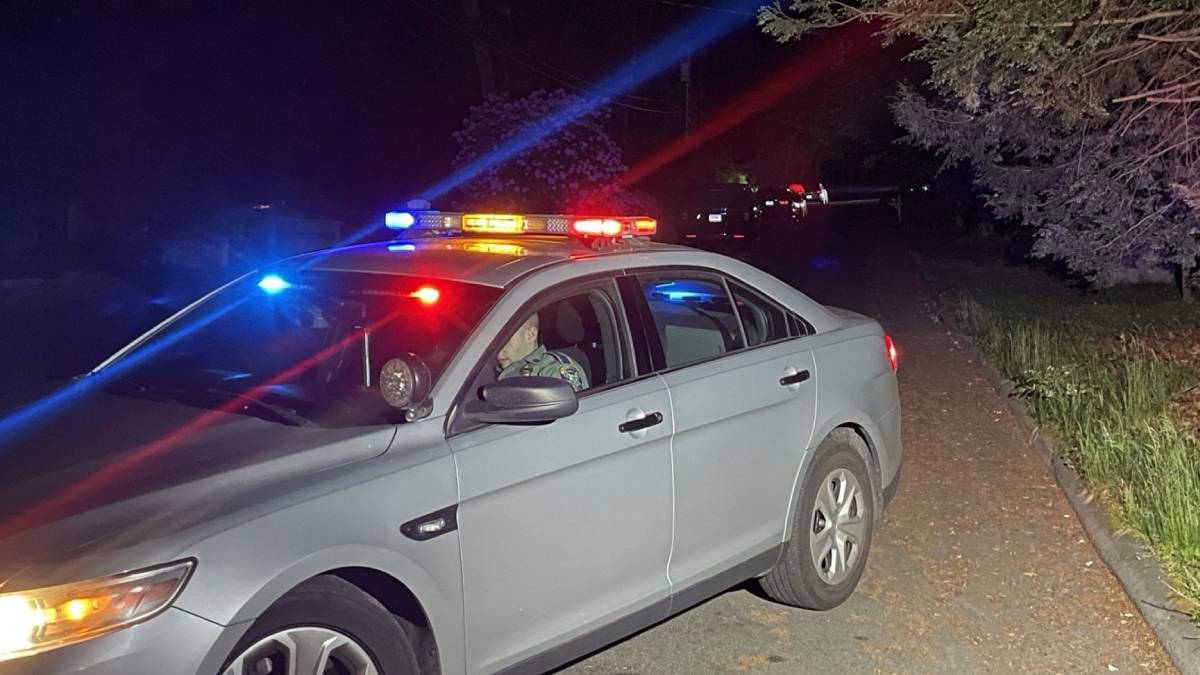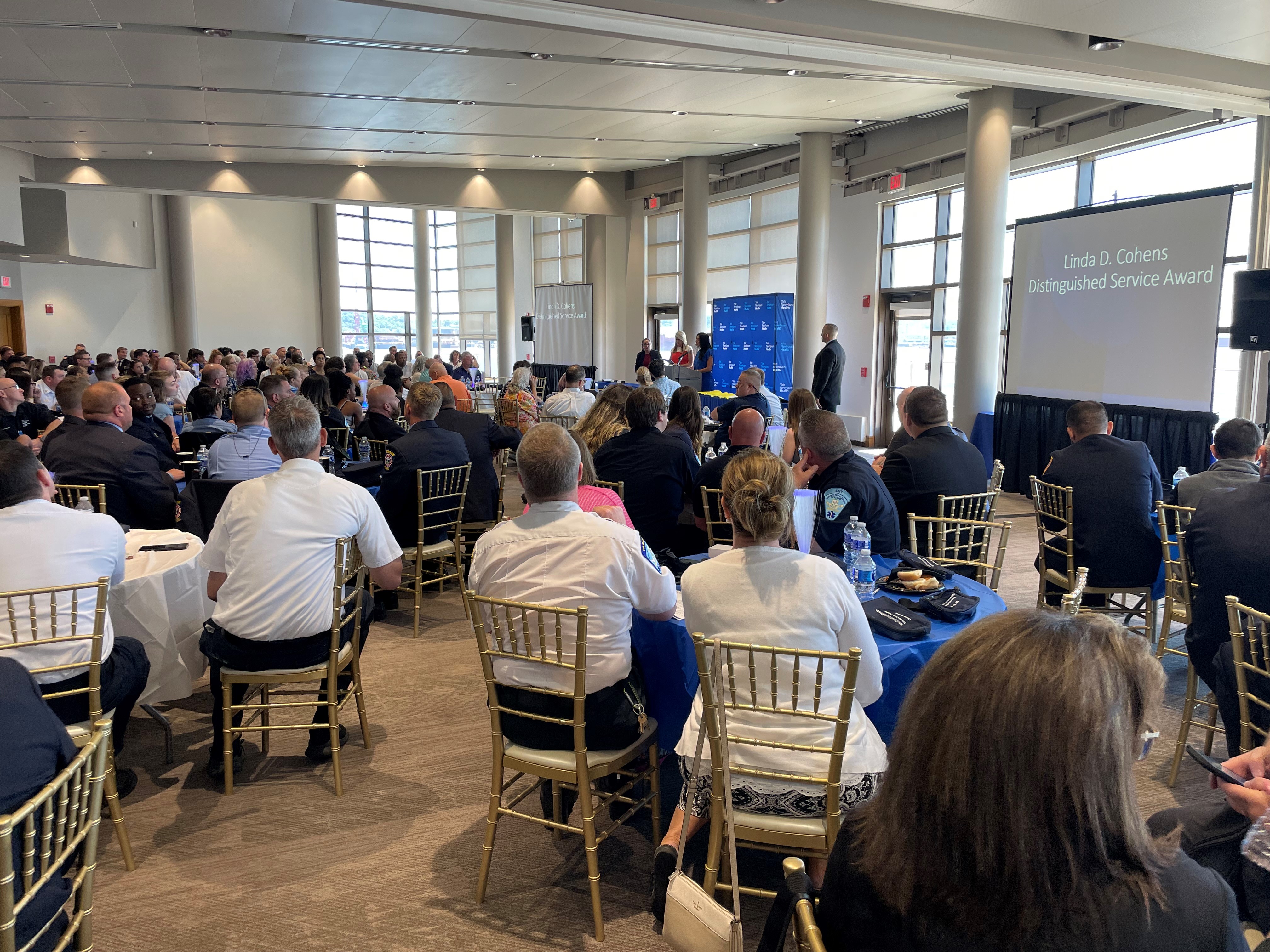The cases documented in the 1700s show that witchcraft accusations were happening in Connecticut much later than previously thought.
It may be a little known fact to some: Connecticut’s witch trials pre-dated the trials in Salem, Massachusetts by decades. While the Salem panic was around 1692-93, the first known execution in what is now the United States was in Connecticut in 1647.
However now, new research shows witchcraft accusations may have haunted Connecticut residents much later than we originally thought.
“We're in the Ancient Burying Ground of Hartford,” Dr. Katherine Hermes, Connecticut Explored publisher, said. “There are a number of people buried here who participated in the witch trials in Hartford. It's possible that the people accused of witchcraft and hanged are buried here. We don’t know that, but they could be because this is secular ground.”
Get Connecticut local news, weather forecasts and entertainment stories to your inbox. Sign up for NBC Connecticut newsletters.
It’s a tragic history tied to Connecticut: the witch trials. Stone reminders are still standing today.
“This is Samuel Stone,” Hermes said, pointing to a statue just outside the cemetery. “He was the minister in Hartford at the time of Alice Young's accusation and hanging. He would not have participated in the trial, but he would have been instrumental in helping the magistrates determine if she was a witch.”
Alice Young of Windsor was the first documented person in the colonies executed for witchcraft.
Local
“She was hanged right over here, probably on where the Old State House stands,” Hermes said. “The earliest case in New England was right here in Connecticut in 1647. So we started much earlier than Massachusetts.”
In Connecticut, there are 11 known witchcraft accusations that ended in executions. Another 40 or 50 cases resulted in other consequences for the plaintiffs, like losing property or their reputations.
The last execution was in 1663, before Governor John Winthrop Jr. instituted news rules, including requiring two witnesses, that put a stop to the executions.
However in 2018, Hermes, a historian, was researching at the Connecticut State Library when she stumbled across an unexpected document.
“I saw the word ‘witch,’ and I couldn't believe it because it was the 18th century,” she said.
She had discovered a 1716 transcript of testimony given by a 16-year-old Susannah Howard of Wethersfield, accusing Dr. Alexander Williamson of performing witchcraft.
The transcript reads in part: “Sometime in the last summer past I heard Doctor Williamson say at my father's house that he could charm a snake to death in speaking a few words...”
“In the papers in that lawsuit was testimony by Susannah Howard that the doctor treating her father had claimed he was a witch, and had stood in a circle with a book and fought the Devil for the book,” Hermes said.
Hermes lays out new details from her discovering in the fall issue of Connecticut Explored, the magazine that she publishes. Her article explains that the accusation came after the doctor sued Susannah’s father for not paying his medical bills.
“Had her testimony been believed, and the doctor charged with witchcraft, this could have had a huge impact. Think about Salem, where all these teenage girls made accusations against prominent women and men. And what happened there?” Hermes said. “Fortunately, by this time, Connecticut had decided they were over the criminal cases.”
That did not mean the civil cases stopped.
Also in the new issue of Connecticut Explored, archivist Sarah Morin describes discovering a new document last year that dates back to Guildford in 1742. An elderly widow, Elizabeth Gould, sued Benjamin Chittenhouse for slander for claiming she was a witch.
The document reads in part: “He did believe She... was a Witch and had Reason to believe it because She... rode down here... & came in & got upon my Breast... & Lay upon me so hard as to make the Blood flie out at my Mouth & Nose.”
The court ultimately threw out her case and ordered Gould to pay her accuser’s legal fees.
Hermes said these newly discovered documents have implications for our understanding of the history of witchcraft cases in Connecticut.
“It really shows that the belief in witchcraft did not stop with the criminal prosecutions,” she said. “And people with poor reputations or who were problematic in some way, sometimes women who owned property and wielded that power when they weren't supposed to, came in the crosshairs.”
The publication of the new findings comes after state legislators issued an official apology in May, absolving dozens of women and men accused in the 1600s. The resolution, noting that misogyny planed a large role in Connecticut’s witchcraft trials.
While the cases occurred more than 300 years ago, Hermes believes they still carry relevance today.
“The witchcraft trials were born out of misogyny, a kind of suspicion that women were susceptible to the Devil,” she said. “But also, kind of, they related a lot to women's fertility and reproduction, and I think we also have a lot of misogyny today where the rights of women are being called into question.”



